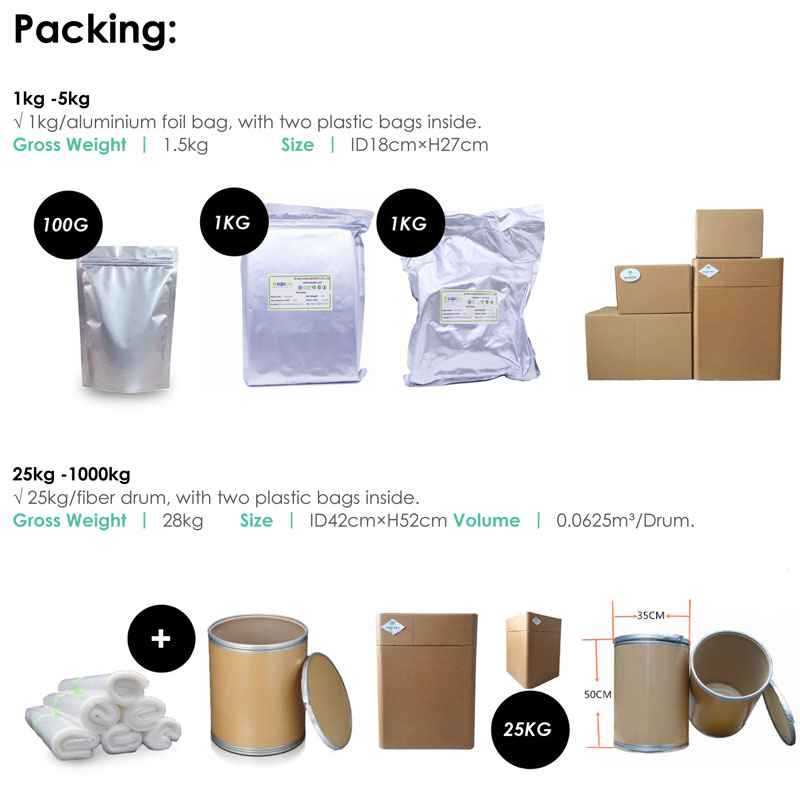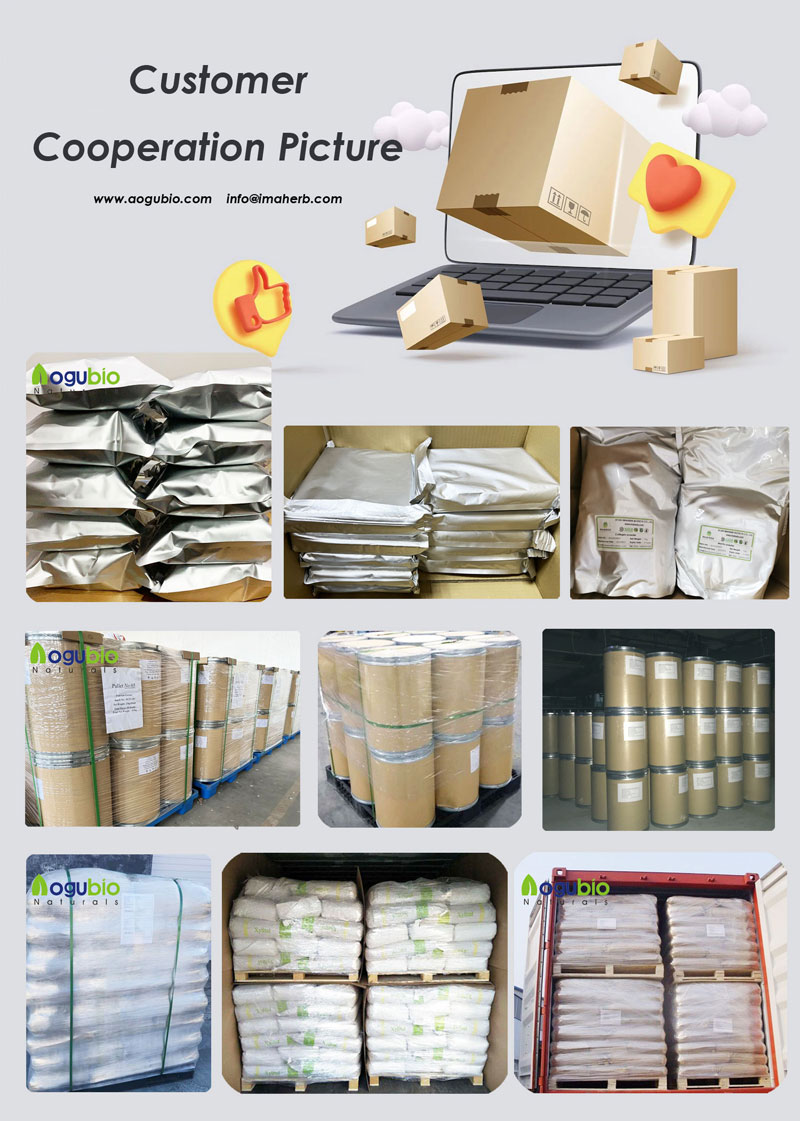Factory Price Bulk Blue Spirulina Extract Phycocyanin Powder E6 E18 E25 E40
Product Description


Blue Spirulina is a blue-green-algae,Phycocyanin (Blue Spirulina) is a kind of bright blue powder extracted from spirulina. It is a kind of protein, also an excellent natural edible pigment, as well as a good healthy food. Phycocyanin is one of the rare pigment proteins in nature, Phycocyanin is not only colorful, but also a kind of nutritious protein, the amino acid composition is complete, with high content of the necessary amino acids. Phycocyanin accounts for as much as 50% protein and attaches. besides, it is added to cosmetics products because of its special property.
Blue Spirulina is a kind of blue powder that is extracted from Spirulina Platensis. It is a water soluble pigment-protein complex.
Spirulina extract phycocyanin is edible pigment applied in food and beverages, it is also an excellent nutritional material for health care and superfood, besides it is added to cosmetics products because of its special property.
The popular blue spirulina powder is E6/E18/E25/E40. The price is different with the specification.
E18 is the most popular one.


Specifications
- Blue spirulina E6, Phycocyanin 20%-25%,protein 15%--20%.
- Blue spirulina E18, Phycocyanin 50%-55%,protein 35%-40%.
- Blue spirulina E25, Phycocyanin 76%, protein 55%-60%.
- Blue spirulina E40, Phycocyanin 92%, protein 80%-85%.
|
Specifications
|
E6
|
E18
|
E25
|
E40 organic
|
|
Protein Percent
|
15~20%
|
35~40%
|
55~60%
|
80~85%
|
|
Phycocyanin Percent
|
20~25%
|
50~55%
|
76%
|
92%
|

BASIC ANALYSIS
| Item of Analysis | Specification | Results | |
| Assay Color Value(10%E618nm) | >250unit | 256unit | |
| Organoleptic | |||
| Appearance | Powder | Conforms | |
| Color | Blue Powder | Conforms | |
| Odor | Characteristic | Conforms | |
| Physical Characteristics | |||
| Particle Size | 100% Pass 80 mesh | Conform | |
| Loss on Drying | ≤7.0% | 4.5% | |
| 10% PH | 5.5~6.5 | 6.2 | |
| Particle Size | 100% Pass 80 mesh | Conform | |
| Lead (Pb) | ≤1 ppm | <0.40ppm | |
| Arsenic (As) | ≤1 ppm | < 0.2ppm | |
| Mercury (Hg) | <0.1ppm | <0.02ppm | |
| Cadmium (Cd) | <0.2ppm | <0.04ppm | |
| Aflatoxin | Max0.2μg/kg | Not detected | |
| Pesticide | Not detected | Not detected | |
| Microbiological Tests | |||
| Total Plate Count | ≤1000 cfu/g | 810cfu/g | |
| Yeast and Mold | ≤100 cfu/g | 60 cfu/g | |
| E.Coli | Negative/g | Negative/g | |
| Coliforms | <3cfu/g | <3cfu/g | |
| Salmonella | Negative/25g | Negative/25g | |
| Pathogenic Bacteria | Negative/g | Negative/g | |
Application
- Food Fields: Cake, Candy, Bake, Ice cream, Tea, Smoothie, Noodle and other food.
- Cosmetic Fields: Lip gloss, Eye shadow, Nail polish and other cosmetic products.
- Dietary supplements and health care products: as phycocyanin powder contains proteins & nutritional ingredient.

Differences between phycocyanin E18 and E6
- Color Value
E18: It has a high color value, reaching E10%618nm≥180. This means that E18 can achieve the desired coloring effect with a lower dosage.
E6: The color value is relatively low, at E10%618nm≥60. Therefore, to achieve the same coloring effect as E18, E6 requires a higher dosage.
- Dosage
E18: Due to its high color value, the dosage is relatively small, with a recommended dosage of ≥1‰. This helps reduce costs and minimizes the impact on the product's taste and texture.
E6: Due to its low color value, the dosage is relatively high, also with a recommended dosage of ≥1‰. In practical applications, the dosage may need to be adjusted according to specific needs to achieve the desired coloring effect.
- Solubility
E18: It has good solubility, dissolving quickly in water without producing much foam. This makes E18 more convenient for use in liquid foods and beverages, allowing it to mix better with other ingredients.
E6: It is also soluble in water, but its dissolution speed and uniformity may not be as good as E18.
- Stability
E18: It is relatively stable under weak acidic and neutral conditions (pH 4.5~8), but its stability is relatively poor under heat, light, and acidic conditions. Despite this, E18 is more stable than E6.
E6: The stability is relatively poor, and it is less stable than E18 under heat, light, and acidic conditions, which may affect the final color and quality of the product.
- Application Scenarios
E18: Due to its high color value and good solubility and stability, E18 is more suitable for applications that require higher color intensity and stability, such as coloring in food and beverages, especially for products with high color requirements.
E6: It is suitable for applications with lower color intensity requirements, or as a substitute for E18 in cost-sensitive situations.

























